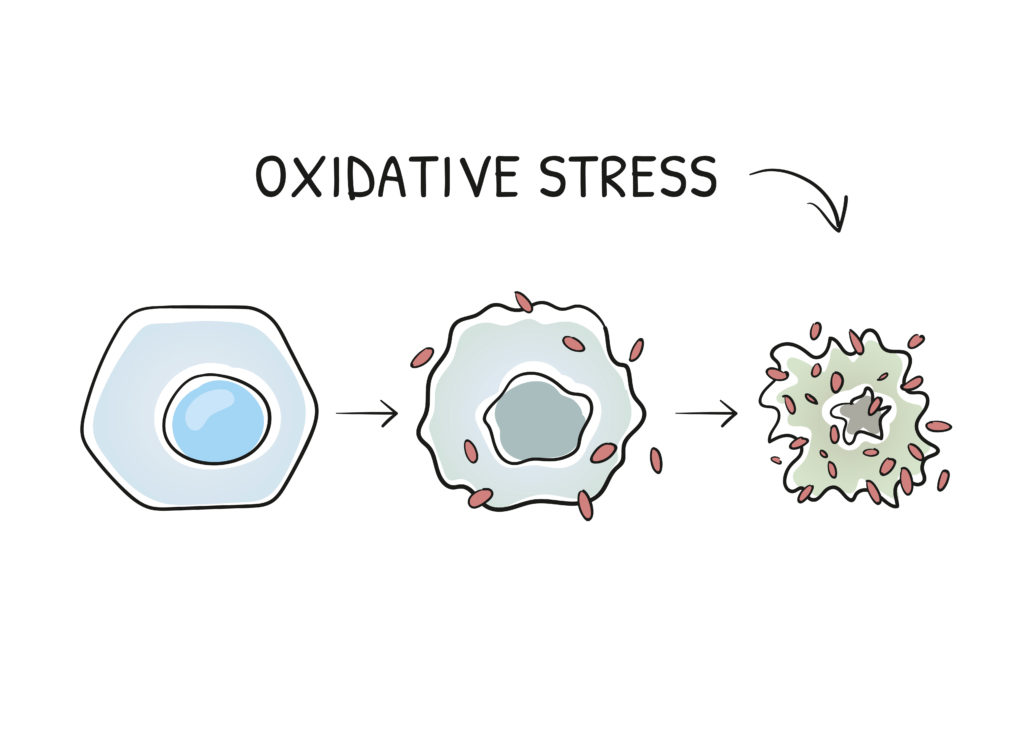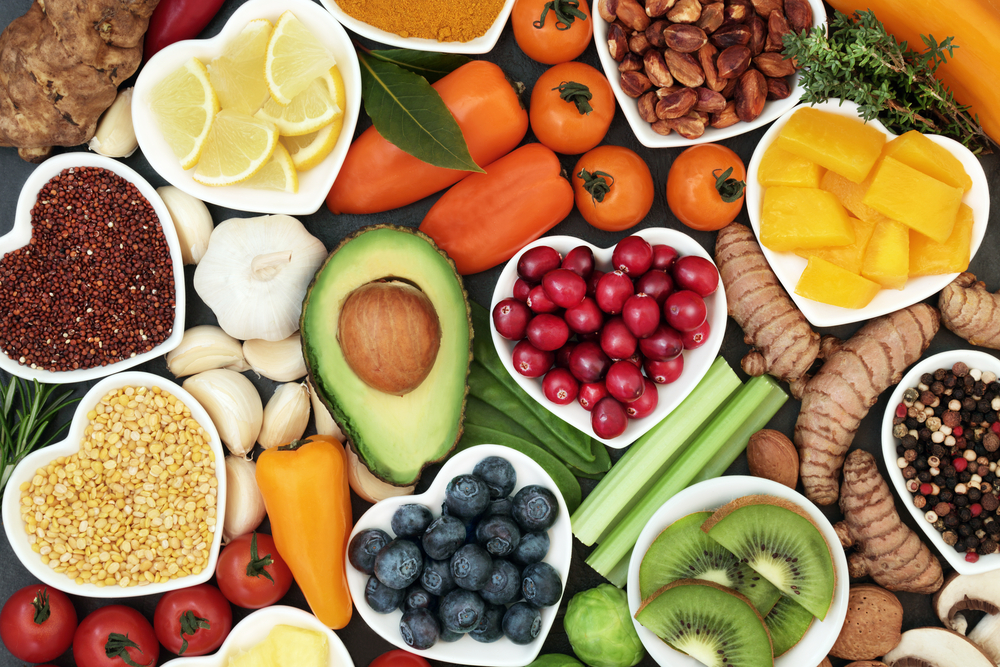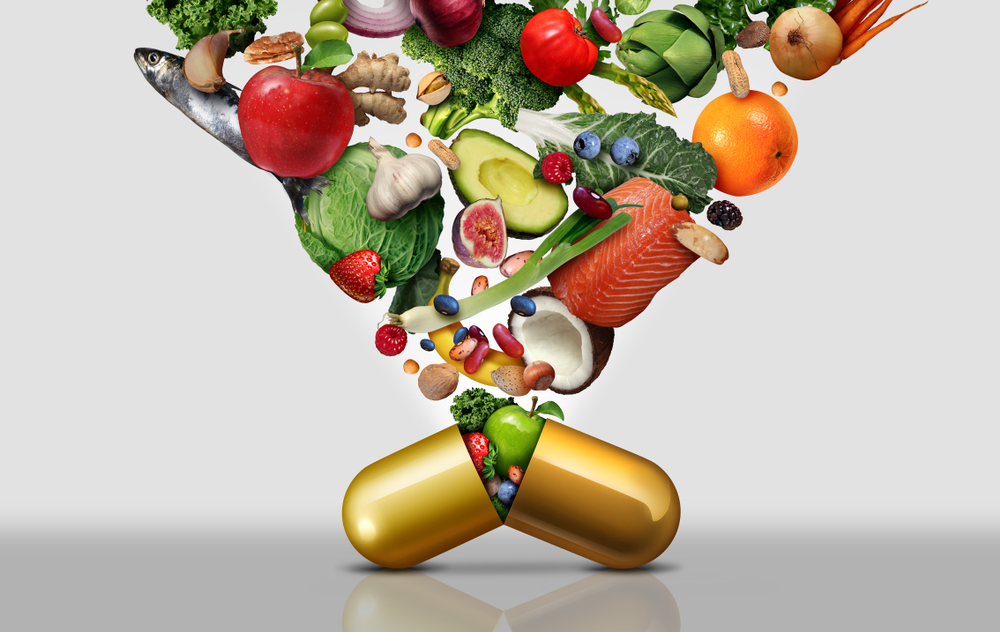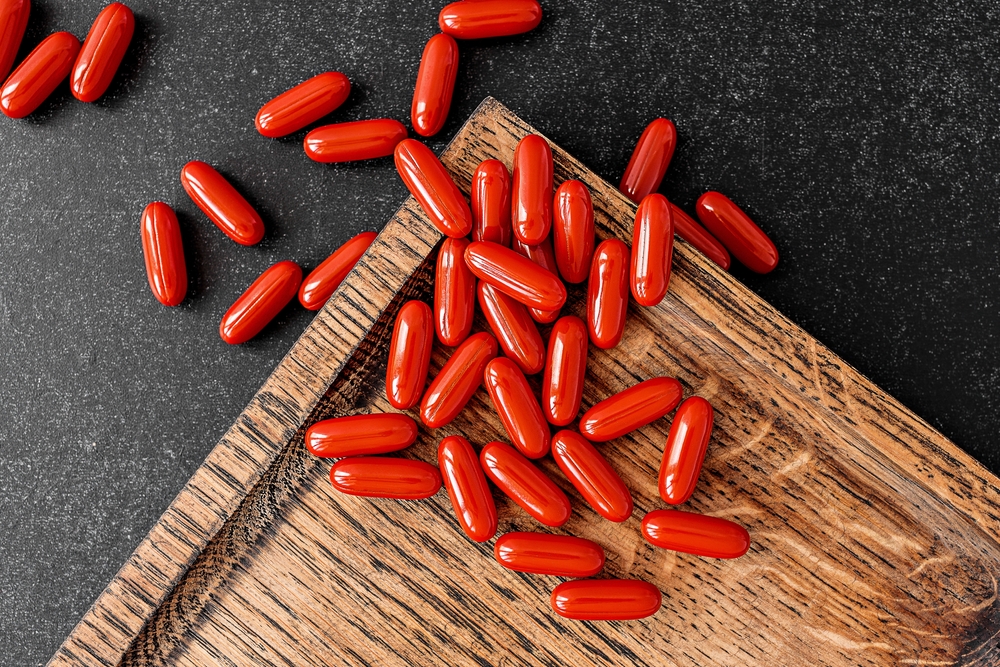Human cells sometimes suffer from what is known as "oxidative stress", simply by breathing. Indeed, when breathing, the body naturally produces free radicals or ROS (Reactive Oxygen Species), obtained from about 2% of the oxygen in the cells.
This is a physiological process that is vital to human survival, as these free radicals play important roles. For example, they enable immune cells to protect themselves against infections, to heal themselves against certain damage to muscle tissue, and to adapt the body to physical effort.
Indeed, they secrete cytokines, whose role is to regulate immune functions, in particular by triggering inflammatory reflexes. However, in too high a quantity, free radicals become toxic and harmful to health. This is when we speak of oxidative stress. It is therefore essential to establish a certain balance of free radicals in our body.
The dangers of oxidative stress
When the body is under oxidative stress, it damages the cells, which gradually lose their functionality. Indeed, free radicals can attack different molecules, namely carbohydrates, lipids and proteins.
For example, they slow down the transport of cholesterol by proteins to the liver. Cholesterol will then concentrate in the blood cells, causing serious cardiovascular diseases. They can also directly attack the structure of DNA, promoting the appearance of cancers at the cellular level.
Free radicals are known to play a role in the aging process. They are responsible for wrinkles, cataracts, etc. Premature ageing can then take place due to an increase in the amount of free radicals. Oxidative stress also creates various pathologies: diabetes, Alzheimer's disease, Parkinson's disease, arthritis, etc.
This can happen because of a fatty diet, smoking, alcoholism, pollution, sedentary lifestyle, intense physical activities, etc.
How to limit oxidative stress?
The body must be able to neutralise the toxic compounds contained in free radicals. The best way to do this is to adopt an adapted diet. Chemical substances in certain foods can slow down the harmful reactions caused by free radicals.
These are said to be foods with an antioxidant power. These are, for example, foods that are rich in vitamins A, C and E : fruits, vegetables, vegetable oils, legumes, etc. There are also some minerals that fight against the damaging effects of free radicals, namely selenium, zinc, copper and manganese.
They are present in pulses, seafood, hazelnuts, oysters, etc. Plant actives such as polyphenols are also known for their antioxidant properties. They can be found in cocoa, green tea, coffee, etc.
The importance of the ORAC index
Various foods have antioxidant properties, but on a different scale. The ORAC index is then used to determine the antioxidant properties of each nutrient.
ORAC or "Oxygen Radical Absorbance Capacity" is the ability of certain foods to absorb free radicals. The higher the ORAC index, the higher the antioxidant power of a food.
The ORAC test is carried out in different ways. It consists of an oxidation of a fluorescent probe, a calculation of the amount of air under a sample curve, using the Trolox measuring unit.
In all cases, this measures the ability of antioxidants to dissolve free radicals. The result is expressed in µmol per 100g of nutrient. Antioxidant properties are low when the result is below 499 µmol. They are moderate if the result is between 500 and 999 µmol. A food has high antioxidant properties when the result is between 1000 and 1999 µmol, and very high when it is between 2000 and 14 000 µmol.
Note: This test is relevant since data from different laboratories are used, with reliable materials and biological elements. However, it can be time consuming and extremely expensive in terms of equipment.
How many ORAC units per day should be consumed?
For a person who is not exposed to pollution, does not smoke or drink alcohol, eats a healthy balanced diet and is moderately physically active, it is advisable to consume about 2000 ORAC units per day.
However, for people whose situation is favourable to the multiplication of free radicals, it is necessary to consume3 000 to 5 000 ORAC unitsevery day. It is therefore necessary to consult the ORAC unit provided by the food consumed.
However, it is important to note the particularity of some antioxidants: there are certain foods that have a low ORAC index, but whose antioxidant power is extremely high. The antioxidant capacity of a food is therefore not based solely on this index.






